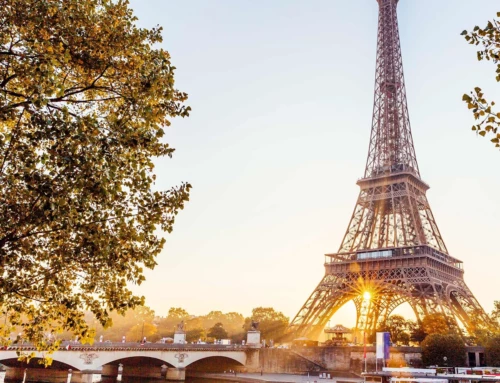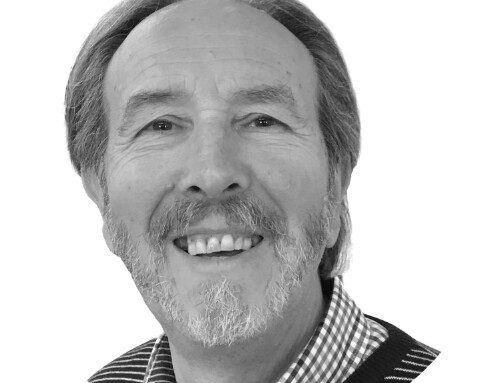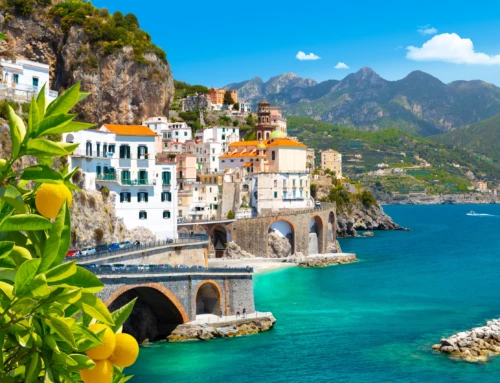Discover beautiful cities, historic buildings and the interior of the country
Welcome to the third edition of our “Spotlight Series”, in which each month we introduce a country, its culture, its language, and its people. Spain is the country of January.
Spain, officially the Kingdom of Spain, is a country in southwestern Europe. It is mostly known for the sun, sea, beaches, tapas and bullfighting, among other things.
Geography
Along with Portugal, Spain lies on the Iberian Peninsula and is 12 times the size of the Netherlands (including the islands). This makes it the fourth largest country in Europe. Spain borders Andorra and France to the north, Portugal to the west and the English state of Gibraltar to the south. The country includes two island groups: the Balearic Islands and the Canary Islands. After Switzerland, Spain is the country with the highest average altitude in Europe: 660 meters above sea level.
The country has a long history. Under House Hasburg, it became a global empire with many colonies, including Argentina, Mexico, Cuba and Peru. This led to Spanish becoming a world language.
In 1931, the monarchy was abolished after which the Spanish Civil War broke out. This was won by the nationalists, who turned Spain into a dictatorship under Francisco Franco. After his death in 1975, the monarchy was restored and Spain became a democracy. Today, Spain is part of the European Union, the United Nations and NATO.
Language and Culture
Spain’s best-known language is Spanish, but this is not the only language spoken here. The country has four more official regional languages. These are Catalan, Galician, Basque and Aranese.
If you go to Latin America, you will also find that the Spanish of these countries is not the same as that of Spain.
Vught, the best place to learn languages, at
Instituut Jeroen Bosch



















